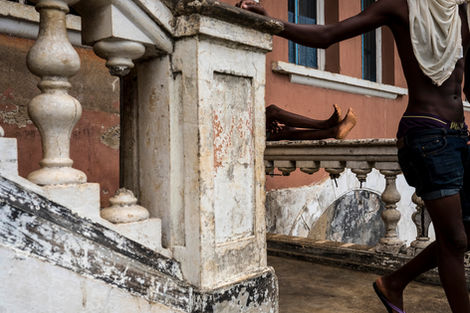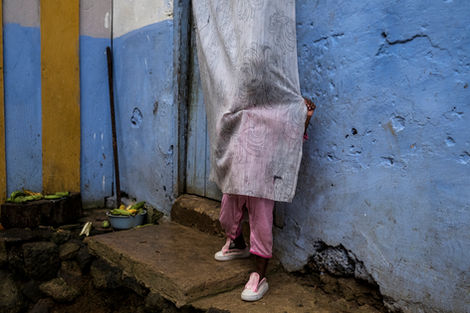Photographer | Fine Art
Photographer | Workshops | Blog | Fine Art
Photographer | Fine Art
Photographer | Workshops | Blog | Fine Art
Photographer | Workshops | Blog | Fine Art
Photographer | Workshops | Blog | Fine Art
São Tomé & Príncipe
2017
2017
São Tomé & Príncipe


São Tomé and Príncipe carries in its roças the memory of the past and the outline of the present. Former administration houses, warehouses, workshops and workers’ quarters remain as landmarks, with weathered façades, wooden balconies and courtyards where time feels thicker. The colonial imprint is visible in the architecture and in the layout of space, yet daily life belongs to those who live there: African in energy, encounters and routines that give new purpose to old places.
It is also one of the least visited countries in the world, something you feel in the scale, the silences and the authenticity of everyday gestures.
Between deep green slopes and the water’s horizon, identity is made of permanence and reinvention. There is work in the roças, life in the neighbourhoods that grew around them, and a memory recognised in forms that keep today’s voice.
On Príncipe, nature becomes the protagonist: closed forest, jagged coasts, islets and a biodiversity that remains largely intact. It is a place of presence, where vegetation, birds and the sea set the tempo. Here — as across the archipelago — what matters is the relationship with land and ocean, and the way people inhabit space and time.























